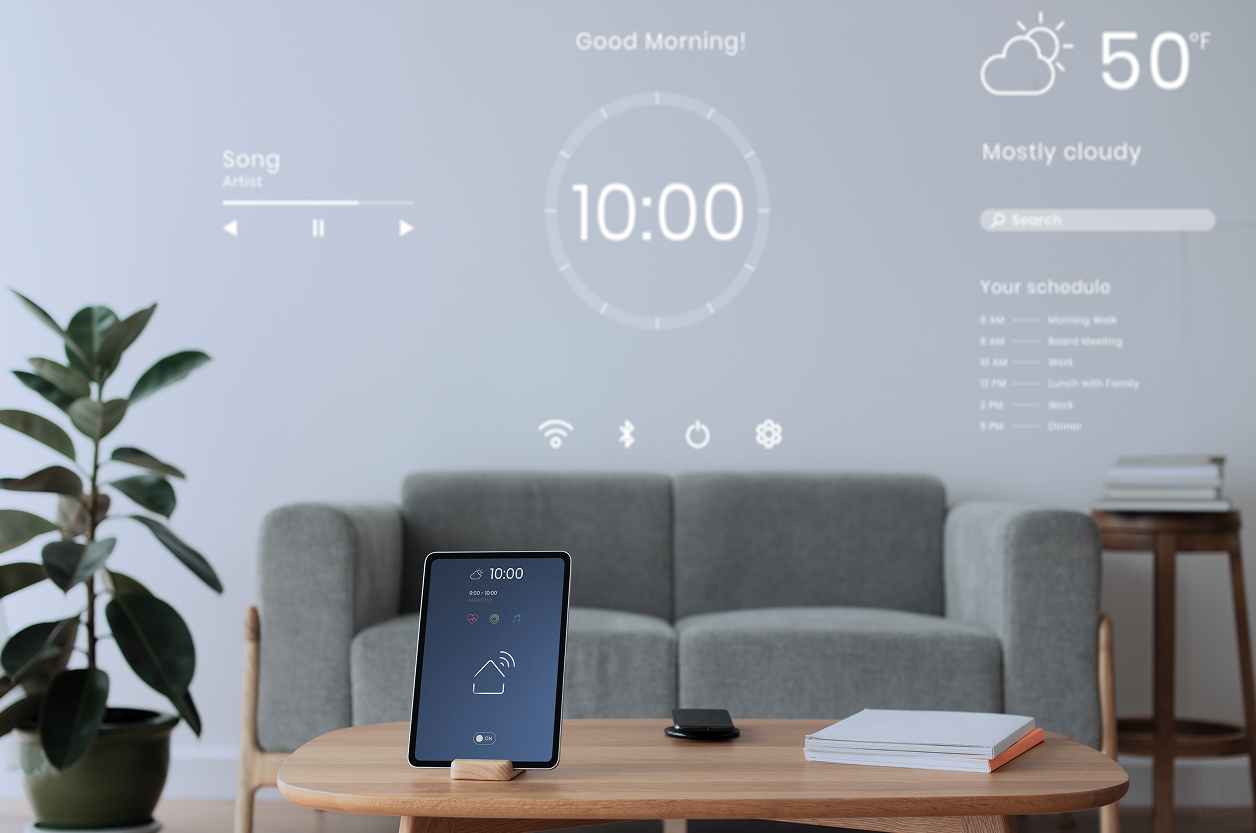Battery Life Optimization in IoT Devices: Engineering Techniques That Make It Happen

Why Battery Optimization Is Critical in the IoT Era
IoT devices — from asset trackers and smart meters to wearables and industrial sensors — are often deployed in locations where changing batteries is difficult or costly. In some applications, the expected lifetime is 5 to 10 years on a single cell.
That makes battery life optimization not a nice-to-have, but a design requirement.
In this article, we share how Promwad engineers approach power-sensitive hardware design, what tradeoffs we make, and which techniques help extend battery life without compromising device performance.
Step 1: Choose the Right Battery for the Job
| Battery Type | Best For | Considerations |
| Coin cells (CR2032) | BLE beacons, small sensors | Limited peak current |
| Li-ion/Li-Po | Wearables, portable devices | Energy-dense but need protection |
| Li-SOCl2 | Long-term industrial sensors | Excellent shelf life, no recharge |
| Supercapacitors | Short burst devices or hybrid systems | Fast charge/discharge, large volume |
Battery selection defines the current and voltage envelope for your system.
Step 2: Hardware Design for Low Power
Component Selection:
- Use ultra-low-power MCUs with multiple sleep modes (e.g., STM32L, nRF52, Ambiq Apollo)
- Choose low Iq regulators (<1 µA quiescent current)
- Favor components with hardware shutdown pins over software-only idle
- Avoid excessive sensor polling and noisy ADCs
Circuit Techniques:
- Use load switches or FETs to disable unused blocks
- Buffer and batch sensor data to avoid frequent radio transmissions
- Route analog signals efficiently to reduce op-amp and bias current
Step 3: Firmware Strategies for Power Savings
Sleep Mode Utilization:
- Design state machines to spend most time in STOP or STANDBY modes
- Use RTC or GPIO wakeups, not polling loops
- Offload tasks to low-power peripherals (e.g., timers for PWM or capture)
Communication Management:
- Use BLE advertising instead of connections when possible
- Schedule LoRa or NB-IoT transmissions to avoid retries
- Disable Wi-Fi radios during inactivity
Firmware Tips:
- Calibrate oscillators once and store result
- Avoid unnecessary flash/EEPROM writes
- Profile ISR duration and avoid wakeup storms
Step 4: Power Profiling and Measurement
You can’t optimize what you don’t measure. Tools we use:
| Tool | Purpose |
| Otii Arc or Joulescope | Whole-device current profiling |
| Oscilloscopes with math | Measure transient peak loads |
| Nordic Power Profiler Kit | BLE current visualization |
Power profiling helps reveal hidden drains — like GPIO pull-ups or active pull-downs.

Real-World Use Case: Asset Tracker
- Challenge: 5-year life on 3.6V lithium battery
- Approach: STM32L MCU + Quectel NB-IoT modem
- Techniques: Sleep most of the time, wake on movement
- Result: Avg. current reduced to <15 µA idle, <100 mA TX burst
Device passed thermal chamber cycling and outdoor field deployment.
Other Techniques Worth Exploring
- Use energy harvesting (solar, piezo) where feasible
- Adopt event-driven architecture vs polling logic
- Implement power budgeting early — not just power measurement later
- Schedule firmware updates or sensor checks in off-peak power windows
- Use RTOS power management features or go bare-metal for full control
Final Thoughts
Battery life optimization is a multi-layered challenge that spans component selection, power electronics, firmware timing, and system-level tradeoffs. It’s not a single trick — but a mindset.
At Promwad, we help clients design IoT products that meet years-long battery life goals — without compromising performance or user experience.
Let’s make your next device smarter — and last longer.
Our Case Studies in IoT





